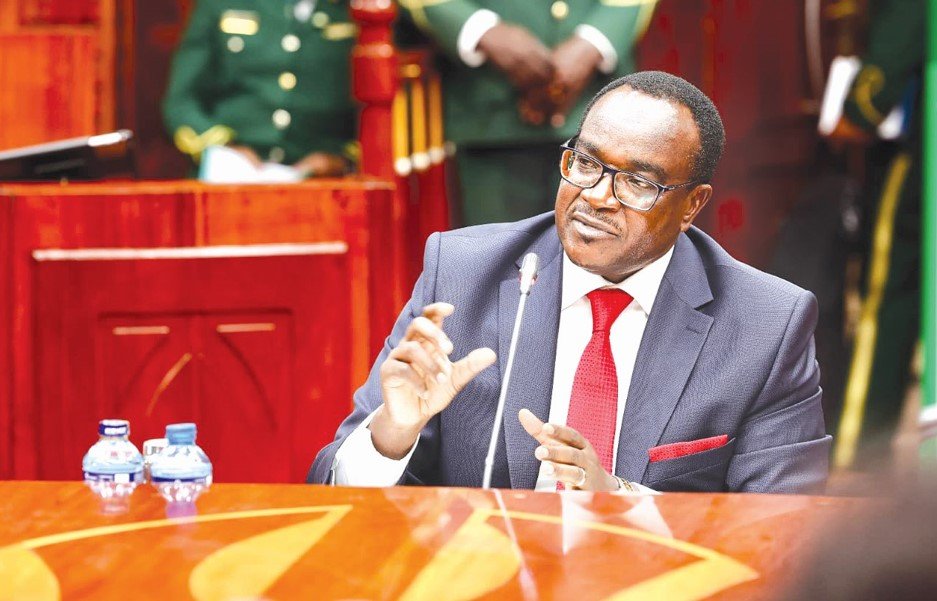Treasury faces headache over Sh718b budget deficit

Despite being in both local and international markets for finance, the government is grappling with a significant challenge of bridging its Sh718 billion budget deficit, for the financial year ending June 30, 2024.
The authorities had planned to finance this deficit through net external borrowing of Sh131.5 billion, equivalent to 0.8 per cent of the gross domestic product (GDP), and net domestic borrowing of Sh449.2 billion, which is 2.8 per cent of the GDP, though the plans are yet to fully materialize.
Speaking to the Business Hub, Churchill Ogutu, an economist and lead researcher at the IC Group said that while domestic borrowing is nearing its target, thanks to a successful infrastructure bond, the delay in external funding is posing a significant challenge to the National Treasury’s efforts to bridge the budget deficit for the Financial Year 2023/24.
“Domestic borrowing is really close to meeting the target because of the infrastructure bond seeking Sh70 billion and ended up mopping up Sh240 billion. External borrowing, we are not yet there,” he explained.
Kenya is banking on a total of Sh300 billion from her multilateral lenders, including $1.2 billion from the World Bank and $1 billion from the International Monetary Fund (IMF). However, these funds are yet to be disbursed, further complicating the National Treasury’s task.
The anticipation now lies with the second supplementary budget, initially due for presentation in Parliament in March. Ogutu said this supplementary budget is expected to provide insights into the borrowing projections for the Financial Year 2023/24.
In a meeting between the IMF and the National Treasury, it was mutually agreed that the forthcoming supplementary budget would curtail spending from the initial Sh3 trillion budget, while concurrently exploring avenues to boost revenue.
Reduce spending
From July last year to March 2024, a budget deficit of Sh1.5 trillion was recorded. Ogutu highlighted the severity of the situation, stating that it would be impossible for the government to generate Sh500 billion in a single month, hence the need to reduce spending.
In the Financial Year 2023/24, an estimated Sh115.94 billion was also allocated as project/programme loans. However, Ogutu pointed out that these loans, which are typically scheduled in advance, take a long time to process. “I do not see any new programme and project loans to be introduced,” he said.
The absence of new project and programme loans means that there is no additional inflow of funds from these sources. This could limit the government’s ability to finance its budget deficit, especially if the expected revenue falls short or if expenditures exceed the budgeted amounts.
Furthermore, the long processing time for these loans means that even if new loans were introduced, it would take a while before the funds become available. This could potentially lead to delays in implementing projects or meeting financial obligations, thereby affecting the budget deficit.
By mid-January, the government had raised Sh573.7 billion from the domestic market retail investors.
Additionally, the government witnessed a strong demand for its treasury bills in January, with an oversubscription rate of 134.5 per cent, resulting in raising over Sh32 billion against an initial offering of Sh24 billion.












